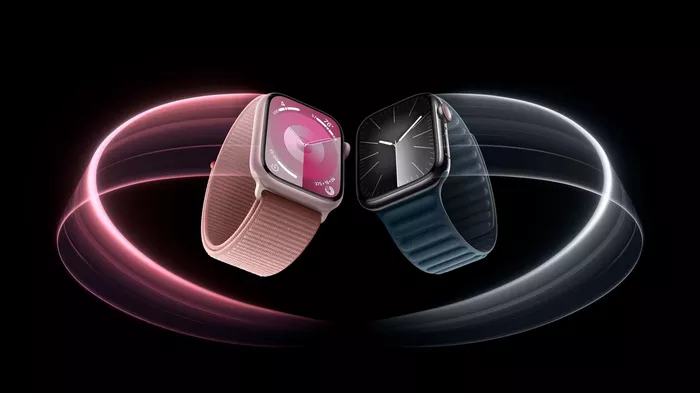As Apple prepares for its highly anticipated September 9th event, the tech world buzzes with speculation about the upcoming Apple Watch 10 and Apple Watch Ultra 3. While the possibility of a new Apple Watch SE 3 remains uncertain, the spotlight is firmly on these two models.
Here’s an in-depth look at what we might expect from Apple’s latest smartwatch offerings in terms of pricing, design, features, and battery life. This comparison aims to help you decide which smartwatch could be the better choice.
Price and Availability
Historically, Apple has maintained consistent pricing for its new smartwatch models, so it’s reasonable to anticipate that the Apple Watch 10 will likely be priced similarly to last year’s model. Expect the starting price for the Apple Watch 10 to be around $399 for the non-cellular version. Meanwhile, the Apple Watch Ultra 3 is expected to follow the Ultra 2’s pricing at approximately $799, including cellular capabilities.
Both watches are anticipated to make their debut at Apple’s September 9 event, with potential availability by the end of the month.
Design
While drastic design changes are unlikely, both the Apple Watch 10 and Apple Watch Ultra 3 are expected to feature larger displays. Rumors suggest the Ultra 3 could see a screen size increase of about 10%, expanding from 1.93 inches to 2.12 inches.
The Apple Watch 10 may also receive a design overhaul, potentially moving from the current 41mm and 45mm sizes to a new 49mm option. This change would bring it closer in size to the Ultra 2. Additionally, the Apple Watch 10 might sport a slimmer bezel, providing a larger display area and a more streamlined appearance compared to its predecessor. There’s speculation that the Watch 10 could adopt a flat-edged display similar to the Ultra series, as opposed to the rounded edges of earlier models.
Notably, the customizable Action Button featured on the Ultra series is unlikely to be included in the Apple Watch 10. The new model may also introduce a revamped magnetic strap attachment system, potentially rendering existing straps incompatible.
Features and Specifications
Both the Apple Watch 10 and Ultra 3 are expected to run on watchOS 11, which introduces new features such as the ability to pause Activity Rings and better Smart Stack organization. The update also includes the new Check In safety feature and a Vitals app for monitoring key health indicators, along with support for 20 languages in the Translation app.
While these are confirmed features, some rumored enhancements are still uncertain. For instance, sleep apnea and hypertension detection have been widely speculated but may be delayed due to ongoing legal disputes over blood oxygen monitoring technology. Nonetheless, new health metrics such as Training Load, which tracks workout intensity, and possibly a daily well-being score akin to Fitbit’s Readiness Score or Samsung’s Energy Score, are anticipated.
Both models are likely to benefit from an upgraded processor, possibly the S10 chip, which could enhance performance and energy efficiency. However, significant advancements in AI features are expected to be more focused on Apple’s iPhone, iPad, and Mac offerings.
Battery Life
One of the key advantages of the Apple Watch Ultra series has been its superior battery life. The Apple Watch 9 offers around 18 hours of use per charge, while the Ultra 2 extends to 36 hours, with low power mode providing up to 72 hours.
Rumors suggest that Apple might employ LTPO thin-film transistor technology in the new models, potentially improving battery life and power consumption without compromising display brightness.
Conclusion
The Apple Watch 10 appears poised to be the more notable upgrade, particularly if it introduces a new 49mm size option and improved battery performance. With the Apple Watch 9’s battery life stagnating at 18 hours, the new model could offer a much-needed enhancement.
While the Ultra 3 will likely continue to offer industry-leading longevity, the Apple Watch 10 might generate more excitement, especially if it launches at a price below $400. The final decision will depend on the specific health features included and how each model aligns with individual preferences and needs.

